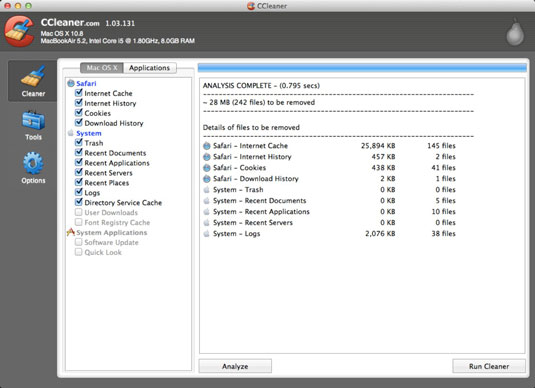

Once you’re connected, you want to hit “cmd + R” from that boot screen. Unfortunately if you’re at UMass, eduroam (or UMASS) won’t work, however you can easily connect to any typical home Wi-Fi or a mobile hotspot (although you should make sure you have unlimited data first).

Eventually you will see a screen where you can pick a Wi-Fi network. To get there, power the computer on, hit the power button and very soon after, hold the option key. Luckily there is another way to connect, via apple’s boot menu. If instead your MacBook lets you select a Wi-Fi network during this process, you’re in the clear and can skip the next paragraph. This tends to be because the Mac assumes it is already connected to Wi-Fi (when its not) and gives an error after it fails to connect to apple servers. There is a bit of a catch: if you do this straight away, there is a good chance that the Mac will get stuck here and throw up an error – error -3001F in my personal experience.

The way forward is to use the built-in “internet recovery” which, on startup, can be triggered via pressing “cmd + R”. It may seem like you just bricked your MacBook, but luckily there is a remedy. Then expand them when you need to use them again.ĭid you empty the Trash? When you move a file to the Trash, its storage space doesn't become available until you empty the Trash.If you’re anything like me, you will (or already have) accidentally wiped your Macbook’s ssd. If you don't want to delete certain files, you might be able to save space by compressing them.

You can also delete files that you no longer need. If you have another storage device, such as an external drive connected to your Mac, you can move files to that device. Media files such as photos and videos can use a lot of storage space, so you can take steps such as these:


 0 kommentar(er)
0 kommentar(er)
